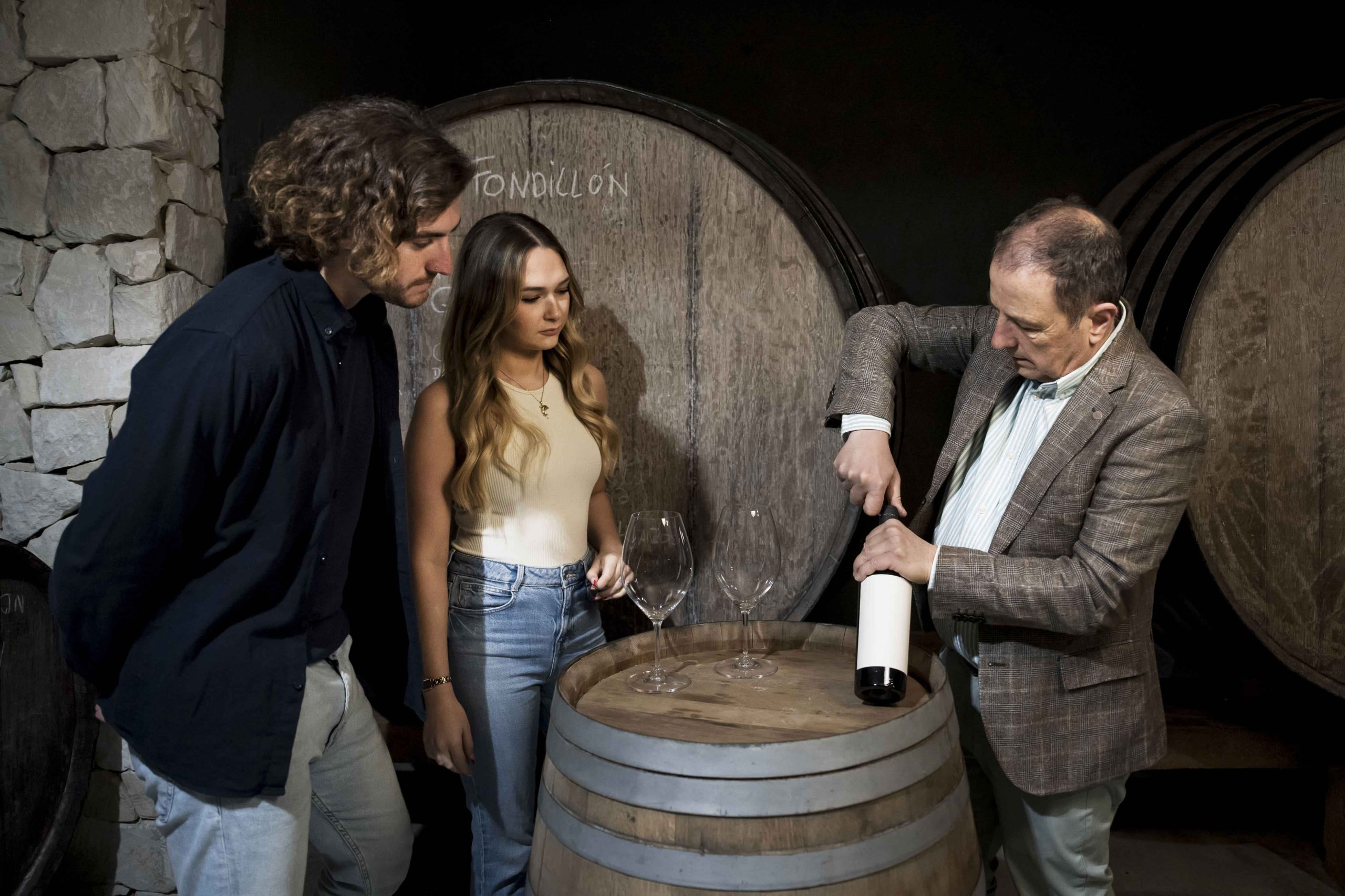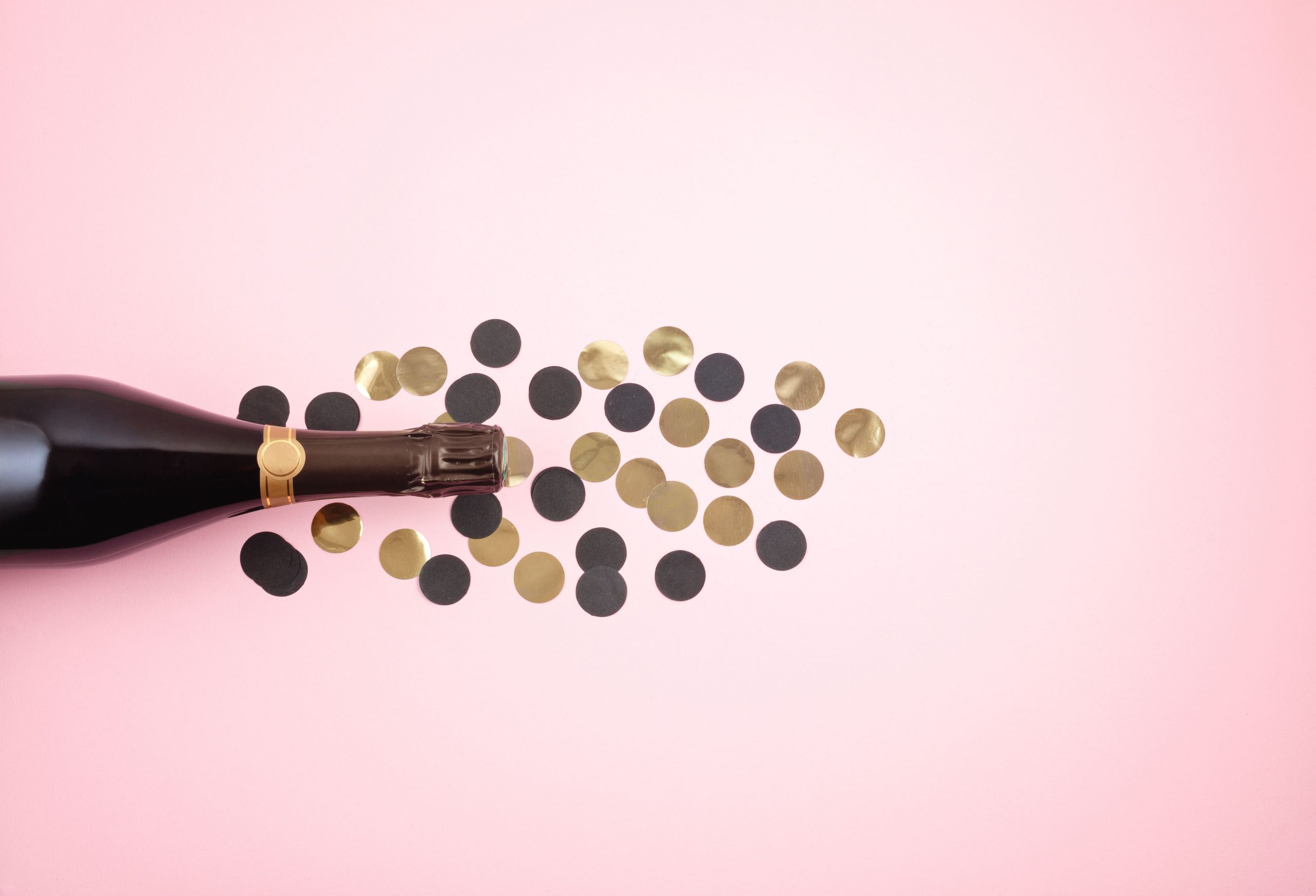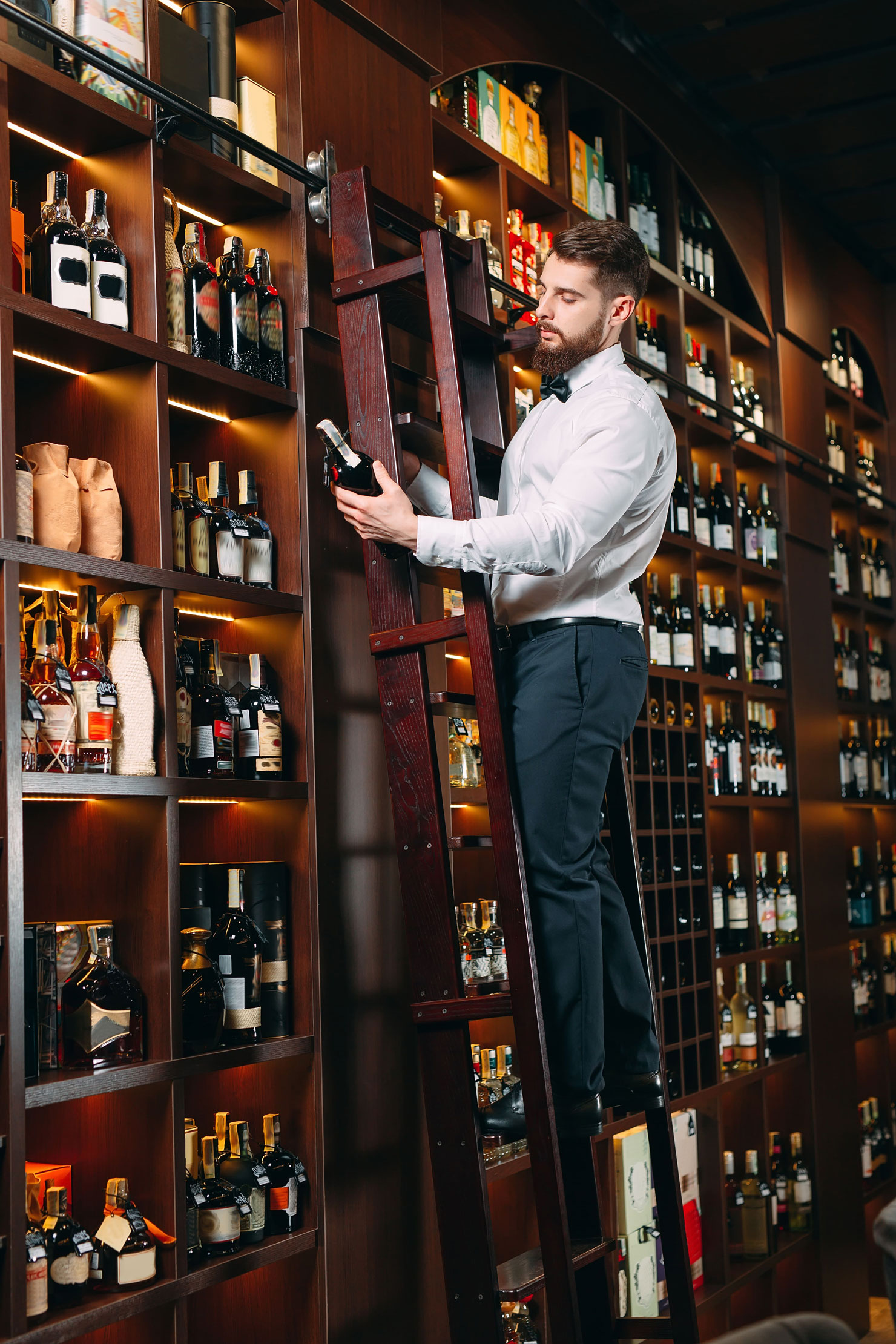
News
Engineering your Wine Menu
Every restaurant owner strives to create a winning formula. The perfect blend of ambiance, service, and food, but there’s a hidden ingredient. Often misused, your wine list has the power to enhance the dining experience, entice customers to explore new flavors, and ultimately, boost your bottom line. However, crafting this piece effectively requires a strategic approach.
This guide equips you with the tools to craft an engaging wine list.
Paperchase sat down with Wine Master Dirceu Vianna Junior to gain valuable insight into this industry. Earning the title of “Master of Wine” in 2009, Junior frequently judges international wine competitions, serves as a technical consultant, and is a wine educator. He currently works for brands with an international reputation like Manchester United F.C. and Wines of Portugal and helps design lists local wine bars and restaurants around London.
Pricing for Profit

Deciding the price of your wine list can be tricky. As a business owner you want to increase revenue from the products you are selling, while also maintaining consistency in your brand. Dirceu Vianna Junior argues that “the wine list must match the philosophy of the business, be in harmony with the type of cuisine, [and it is important to] consider location, the time of the year, and customer demographic. “It must be at least as varied and ambitious as the food choices.” When it comes to wine, Paperchase’s restaurant accountants recommend that your business aims for a gross profit between 70 and 75%, depending on your cuisine. For example, sparkling wine is on the lower end of this metric because it is more expensive and must be priced higher. Junior also says when it comes to cost “I prefer to have a flexible approach in terms of pricing more expensive bottles to encourage sales of premium wines.”
Building a Balanced Selection

When creating a wine list, consider that most guests are not experts when it comes to the nuances and intricacies of wine. Experienced sommeliers will build a menu based on a format that is easy to understand, using three common descriptors to assist in the comprehension of the wine. Is it smooth or dry? Light or full-bodied? And what region does it come from? If you don’t have a sommelier, consider adding helpful, simple descriptions to your wine menu. This will entice customers and provide an easy entry point for guests who are not big wine people. Additionally, Junior suggests your wine list should offer “adequate balance of styles, origin and price points” so that is “neither predictable, boring nor static”
Moving Slow Sellers and Pushing Inventory
While each restauranteur or sommelier is different, there are a few tried and true methods to keep the flow of your inventory steady and avoid cash flow traps. You want to circumvent having inventory sitting on your shelves, as this negatively affects your margins and will impact your cash flow. Some owners will try to move stock by putting wines on sale or having daily specials, but this can decrease your revenue in the long run. Instead, explore creative solutions to sell slow-moving stock such as curating food and wine pairings that make your menu more engaging for guests and a fun challenge for your team. The result is an enhanced customer experience without having to discount your product. Using the air of exclusivity will help sell your slow- moving but more expensive bottles. Moving back stocked wine is the same as creating your menu: it’s all about getting creative.
To avoid cash flow traps, successful restaurants will often hire an experienced sommelier or wine director who is driven by revenue to offer an analysis of how you are selling your wine, but this is not always a viable option. Smaller restaurants trying to conserve cash can still avoid these cash flow predicaments by communicating closely with their suppliers. When brought on as a consultant, Junior analyzes the red flags of a restaurant’s wine inventory that bring down a business’s bottom line. Pinpointing moments between restaurant and supplier such as frequently ordering wine that does not sell is one of the valuable insights that consultants like junior can provide. Continued purchase of wines that are not selling, bulk buying of wines that are too similar in price, and an influx of older vintages sitting on shelves are all red flags to look out for when considering your inventory.
Engaging Staff Training

Experienced sommeliers and managers curate wine training that is fun and interactive. When taught with purpose, wine training is a skill that your staff can carry with them throughout their life. Junior also reflects on the practice of storytelling when it comes to selling wine. Rather than getting bogged down by technical details and boring your customers, make the selling point memorable and engaging. Reflect on the history of wine rather than the mundane categorizations they fall into. Ensure your staff is well trained and engaged by offering advice on how to upsell, this increasing your revenue. Junior stresses the importance of having your servers collaborate with the chefs and back-of-house team so they are adequately trained on the food menu and can offer pairings with accuracy and sophistication.
Conclusion
A well-curated wine list isn’t just essential for your restaurant, it’s the artistic flourish that elevates the dining experience and contains the untapped potential to raise your bottom line. Many restaurants underestimate the power of a well-crafted wine list and professional wine service, not only as a tool to generate profit but as a magnet to attract customers back to their venues. By focusing on what complements your concept, location, and menu, you can create a list the gives your guest a memory, not just a meal.























Share this article with your community